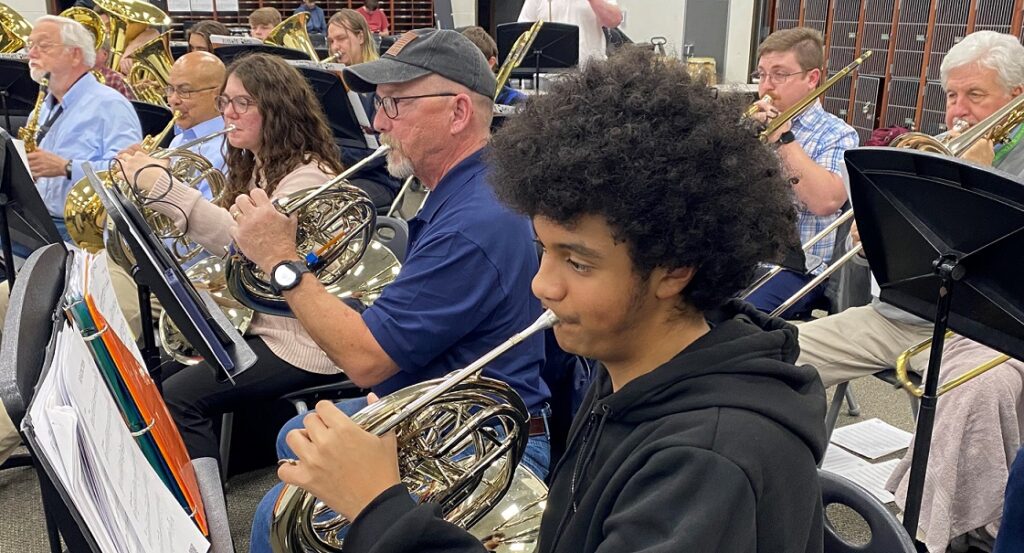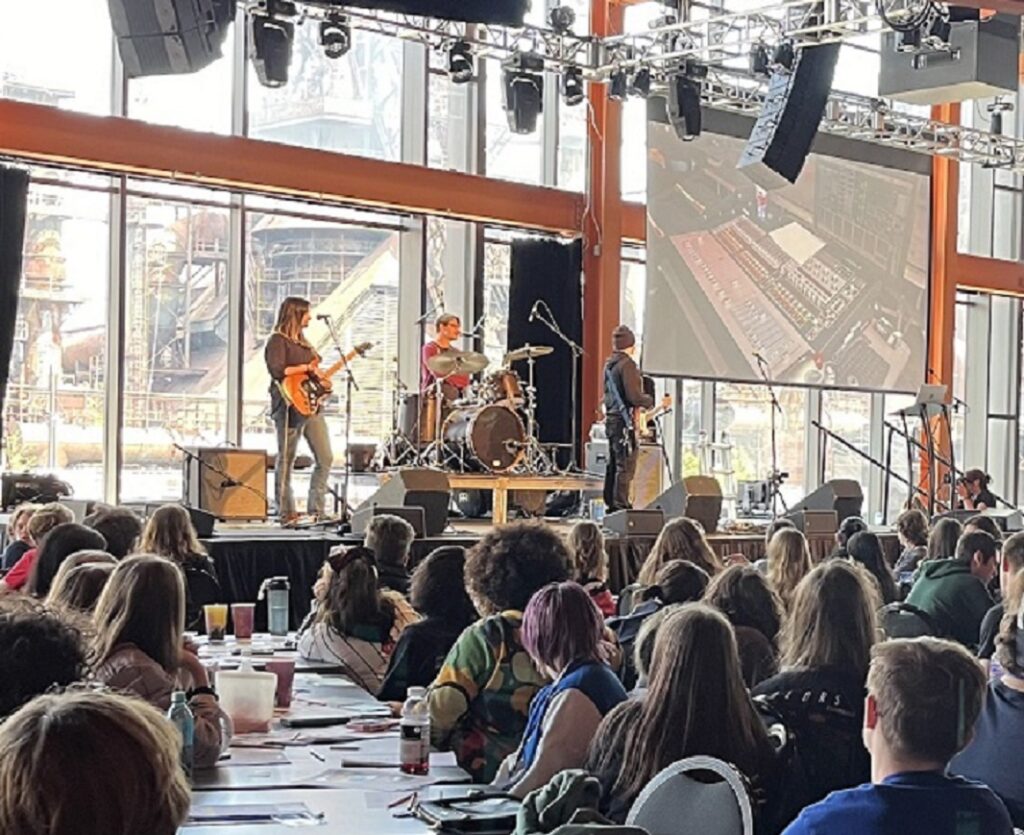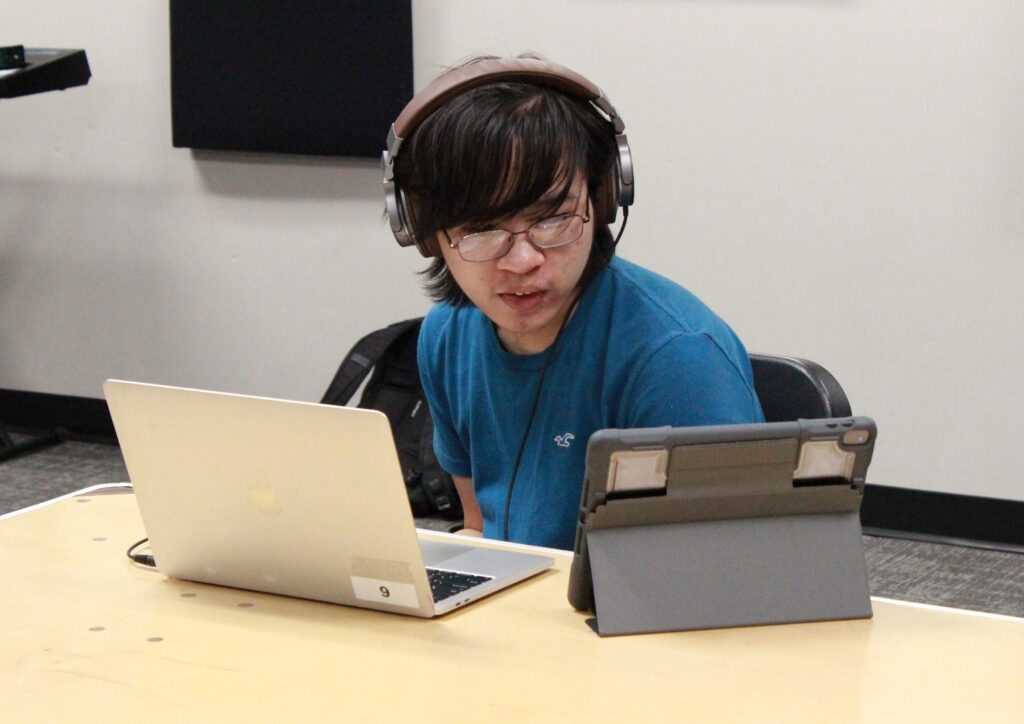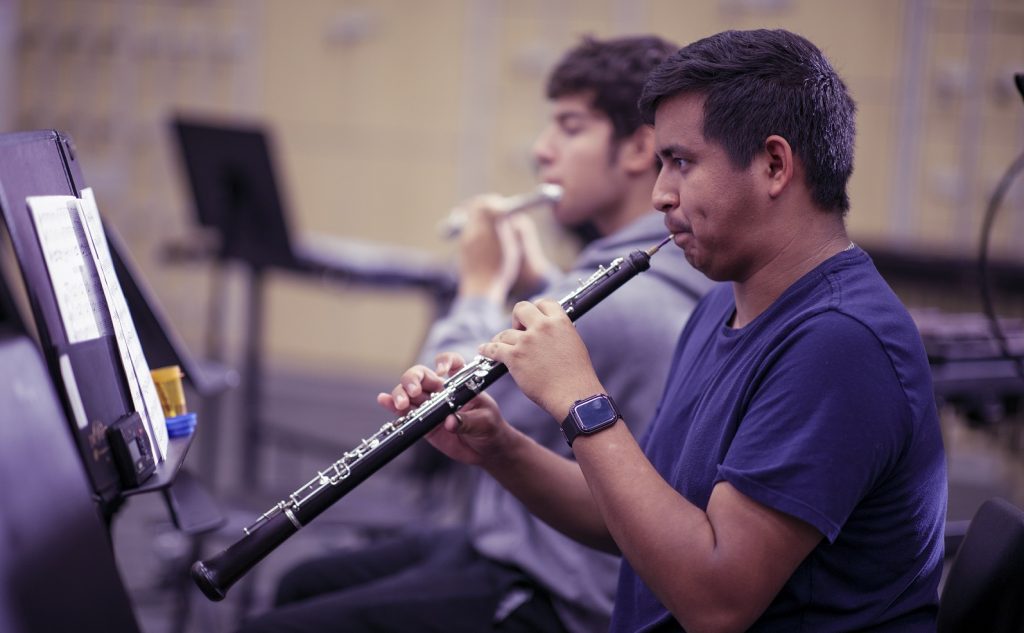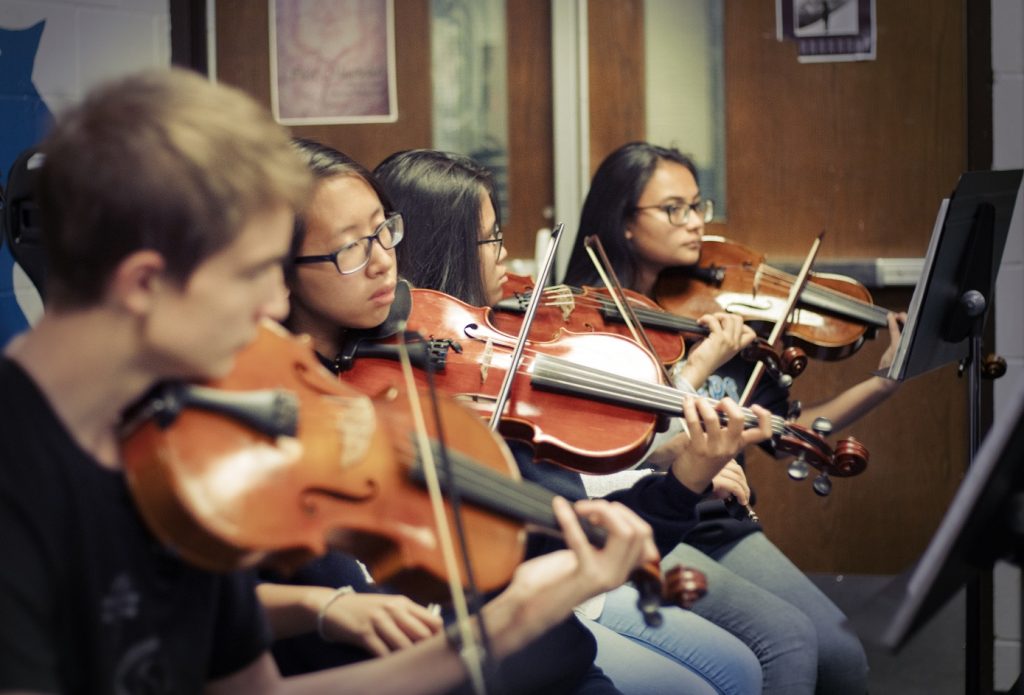Tagged Under:
Proactively Address Teacher Shortage
You can influence and recruit your students to pursue a career in teaching music. Focus on these six key areas to foster student development in music education.
The music teaching profession continues to face an ongoing challenge recruiting new music educators into the profession. K-12 music teachers have the opportunity to take an active role in helping to remedy this situation by encouraging current music students in their programs to consider music teaching careers. See the six areas at the bottom of this article on ways to engage and encourage current music students music education in college.
The field of education is currently facing a significant challenge recruiting new educators, which directly impacts the quality of instruction students receive. The ongoing teacher shortage affects core academic subjects as well as specialized disciplines, including music education. When vacant teaching positions remain unfilled, schools often reallocate resources and redistribute instructional units. A critical step in addressing this issue is increasing the recruitment of new teachers. It is essential to encourage students to pursue music education degrees to ensure the sustainability and growth of music programs in schools.
Extensive research has demonstrated that K-12 music educators play a pivotal role in influencing students to consider majoring in music education at the collegiate level. In “Developing Tomorrow’s Music Teachers Today” (2003), Martin J. Bergee and Steven M. Demorest examined the factors influencing career choices among music education majors. Their findings indicate that fostering student engagement in music programs can strengthen ensemble identity, ensure greater representation of the student population and contribute to the overall growth of music education enrollment. The study highlights the importance of creating a musical environment that nurtures a deep appreciation for artistic expression while allowing students to develop a connection to the discipline through meaningful participation. When educators convey their passion for both music and teaching, students are more likely to consider pursuing careers in the field.
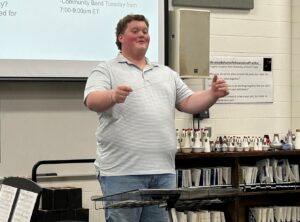
Further research by Edward R. McClellan in “Socialization of Undergraduate Music Education Majors in a Professional Development Partnership Model” (2011) underscores the roles of personal interest, individualized attention and supportive teacher relationships in shaping a student’s aspirations to become a music educator. Additionally, recent findings reported in “Autonomy-supportive Music Teaching, Collective Learning, Flow, and Music Students’ Well-being: A Mediational Model” (2024) by Wang et al. suggest that strong commitment to the music profession is closely tied to a student’s sense of self-worth and identity within the discipline.
These studies collectively highlight the powerful influence that educators have in fostering student interest in music education and shaping their long-term career decisions. In addition to the research, this advocacy aligns with the NAfME Music Teacher Profession Initiative.
Among the most critical factors influencing a student’s decision to major in music education are teacher encouragement, student interest, and a positive and engaging learning environment. To address the shortage of music educators, current teachers must take an active role in recruiting students by cultivating a classroom atmosphere that nurtures curiosity, artistic growth and enthusiasm for music. By implementing instructional strategies that promote deep engagement, providing mentorship and creating meaningful performance opportunities, educators can inspire the next generation of music teachers. Practicing music educators in today’s classrooms serve as the primary catalysts for increasing the number of students who choose to pursue music education as a career.
Here are six key areas of focus for fostering student development in music education. These areas serve as valuable opportunities for educators to engage with students in meaningful discussions about their interest in pursuing music education. Through hands-on activities and guided experiences, students can develop essential skills, explore leadership roles and gain deeper insights into the teaching profession.
By incorporating these focus areas into your music classroom, you can create an interactive and supportive environment that nurtures students’ passion for music while providing them with practical experiences that align with the responsibilities of a music educator. These activities not only strengthen musical and leadership abilities but also encourage students to consider music education as a viable and fulfilling career path.
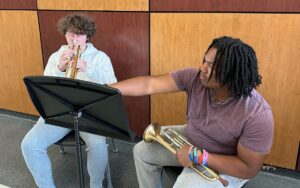
Key Area 1: Section Leader Training
Students are often given leadership titles without receiving the necessary training to succeed in these roles. To ensure their effectiveness, it is essential to provide structured guidance and support. Assign students to be section leaders and equip them with the skills needed to assist their peers in music preparation, organization and rehearsal techniques.
Beyond musical responsibilities, effective leadership requires the development of key qualities such as patience, clear communication and the ability to provide constructive feedback. By actively teaching these skills, you can empower student leaders to foster a positive and productive rehearsal environment. When properly equipped, student leaders will enhance the overall performance of their sections as well as gain valuable experience in teamwork, responsibility and mentorship.
Key Area 2: Peer Mentoring and Tutoring
Peer mentoring can be used in many capacities for all music classrooms. Pairing experienced students with newer or younger musicians serves as an effective mentorship program that enhances technical proficiency and builds confidence in developing musicians.
A structured peer mentorship initiative creates a collaborative and supportive learning environment where all students feel valued and motivated. It strengthens ensemble cohesion, promotes a culture of mutual respect and enhances overall classroom engagement. By instilling accountability in mentors and mentees alike, this program prepares students for leadership roles in both music and other areas of life. When implemented correctly, peer mentoring becomes a powerful tool for nurturing future leaders.
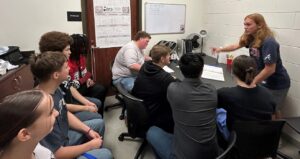
Key Area 3: Student-Led Rehearsals
Encourage students to take on leadership roles by allowing them to lead warm-ups, sectionals or even full ensemble rehearsals. This hands-on experience helps them develop initiative, refine conducting skills, and practice clear and effective communication with their peers.
It is essential for you to provide clear guidance regarding the rehearsal’s goals and objectives for this process to be truly beneficial. Simply asking a student to “run a rehearsal” is not sufficient unless they have a structured plan in place.
To ensure focus and productivity, consider implementing a system where student leaders submit a list of action items outlining their sectional or rehearsal goals. For example, requiring section leaders to submit their plans by a designated deadline, such as noon on the day of rehearsal, allows you time to review their objectives and provide constructive feedback. This approach helps students develop organizational and planning skills as well as ensures that their leadership efforts align with the overall vision and instructional goals of the music program.
Key Area 4: Musical Decision-Making Committees
Establishing student-led committees within the music program provides a structured opportunity for students to take on leadership roles while actively contributing to the success of their ensemble. These committees can be responsible for a variety of essential tasks, including selecting repertoire, organizing concerts and performances, planning community outreach events, managing fundraising efforts and overseeing social or team-building activities for the ensemble.
By participating in these leadership roles, students develop critical skills such as teamwork, decision-making, organization and event management. They learn to collaborate effectively with their peers, communicate their ideas clearly and take responsibility for various aspects of the music program. Additionally, involvement in these committees fosters a sense of ownership and pride in the ensemble, helping students feel more invested in the program. Teachers play a crucial role in guiding these committees by providing mentorship and ensuring that students have the necessary resources to carry out their responsibilities successfully.

Key Area 5: Conducting Opportunities
Providing students with the opportunity to conduct a piece during a rehearsal or performance can be one of the most impactful and memorable experiences in their musical journey. This hands-on leadership role allows students to develop a deeper understanding of the critical role of clear and effective leadership in music-making. By stepping onto the podium, students gain firsthand experience in shaping musical interpretation, maintaining tempo and communicating with their peers in a meaningful way.
In recent years, I have incorporated an additional layer of mentorship by involving my current intern in this process. While the student conductor leads the rehearsal, the intern observes alongside me, allowing for a dual learning experience. This approach provides valuable leadership training for the student and also enhances the intern’s ability to analyze and guide ensemble direction. By fostering this multi-level mentorship structure, both students and aspiring educators gain essential skills, reinforcing the importance of leadership development within the music program.
Key Area 6: Student Leadership Council
Create a student leadership council within your music program. To further enhance their growth, encourage students to set personal leadership goals and regularly reflect on their progress. This can be facilitated through structured activities like journaling, guided group discussions or periodic self-assessments focused on leadership qualities they are developing. By fostering a culture of reflection and continuous improvement, students gain a deeper understanding of their strengths, areas for growth and the impact of effective leadership within the ensemble.
_____________________________________
In each of these activities, it is essential for you as the music educator to take an active and intentional role. Providing guidance and mentorship ensures the success of these initiatives and creates opportunities for meaningful discussions with students who may be considering a future in music education. The most influential recruiters for the next generation of music educators are the teachers already in the classroom, inspiring students daily through their passion and dedication. It is our collective responsibility to advocate for and nurture aspiring music educators by fostering an environment that encourages students to explore teaching as a rewarding and impactful career path.










